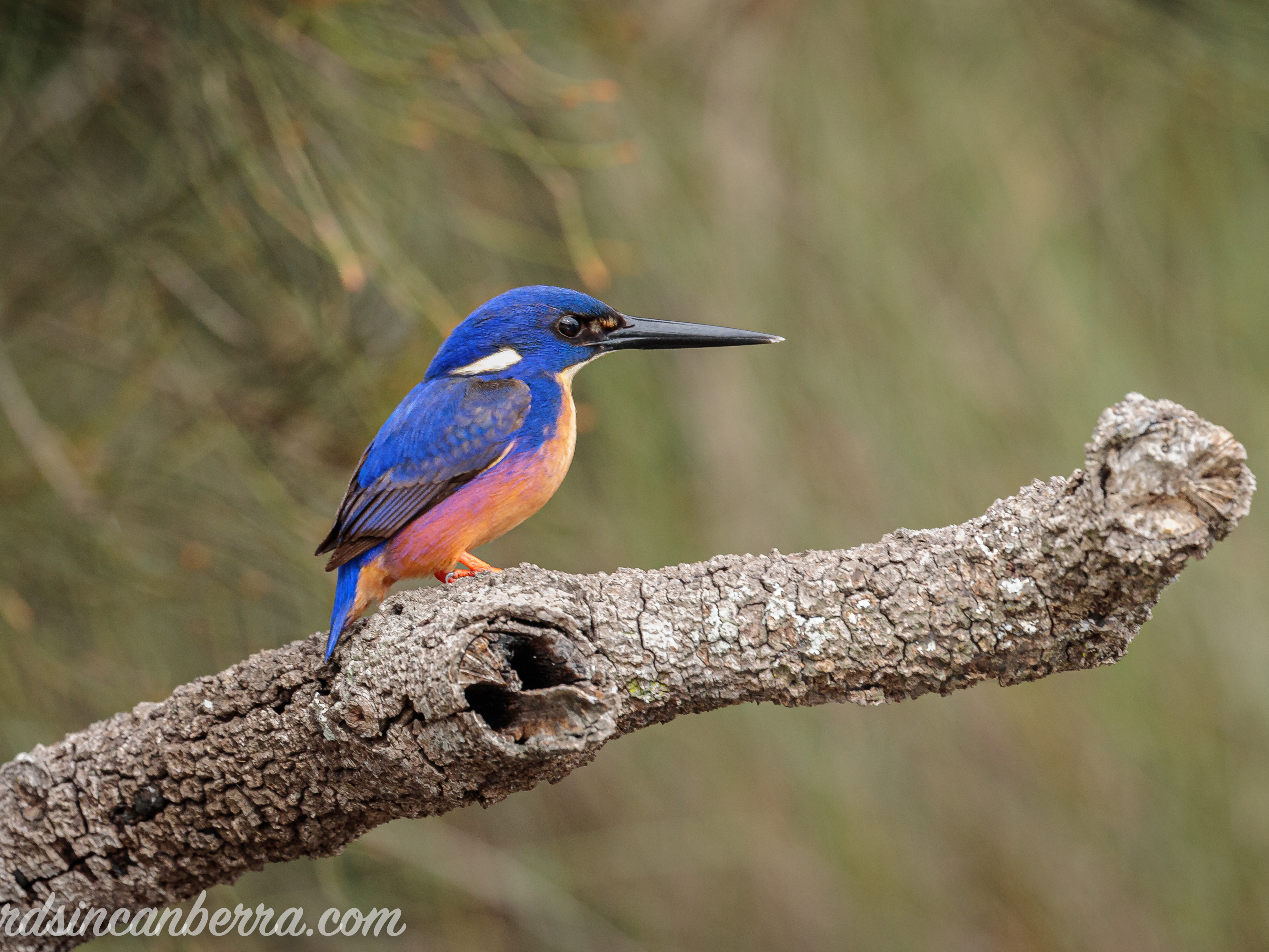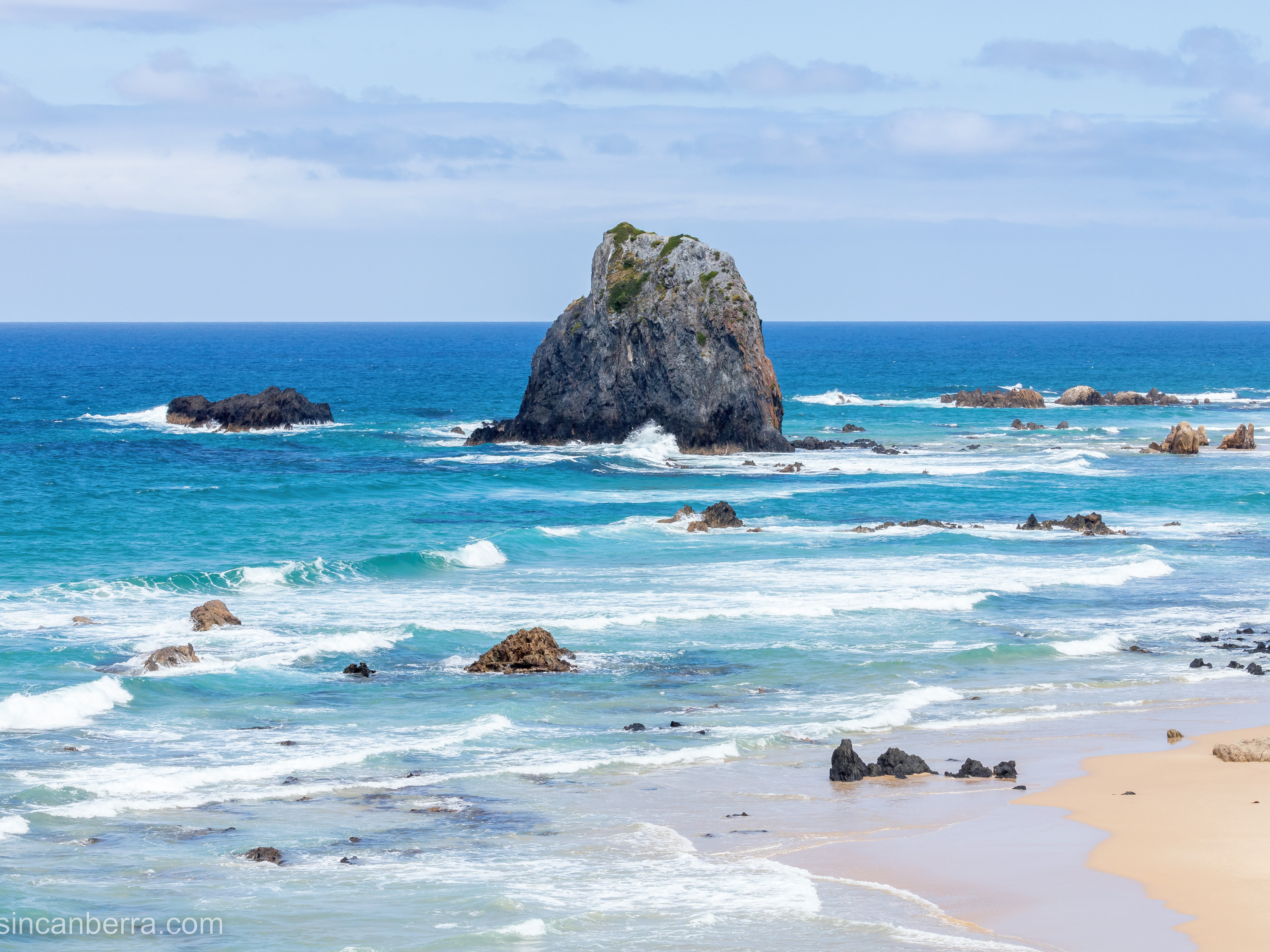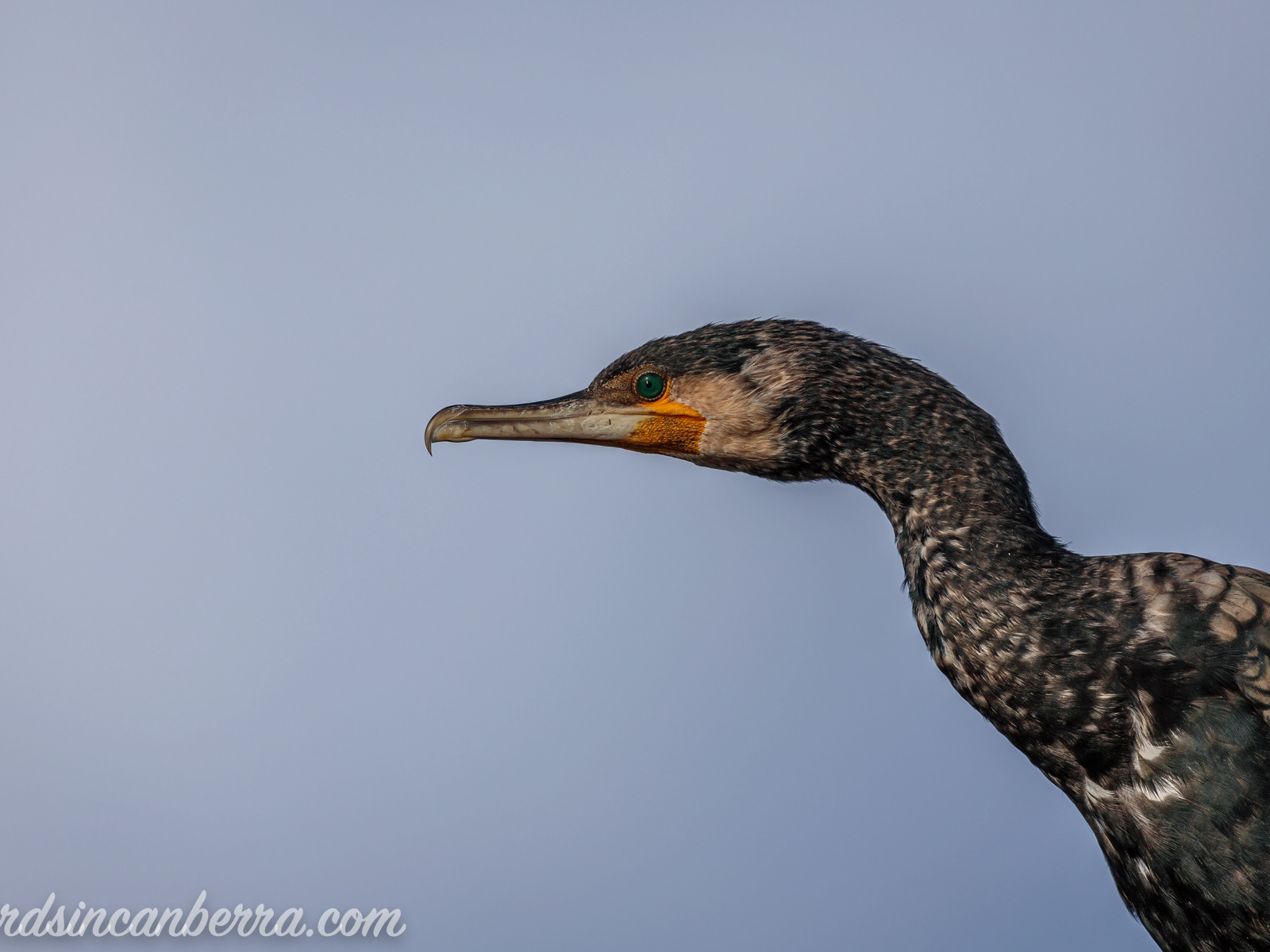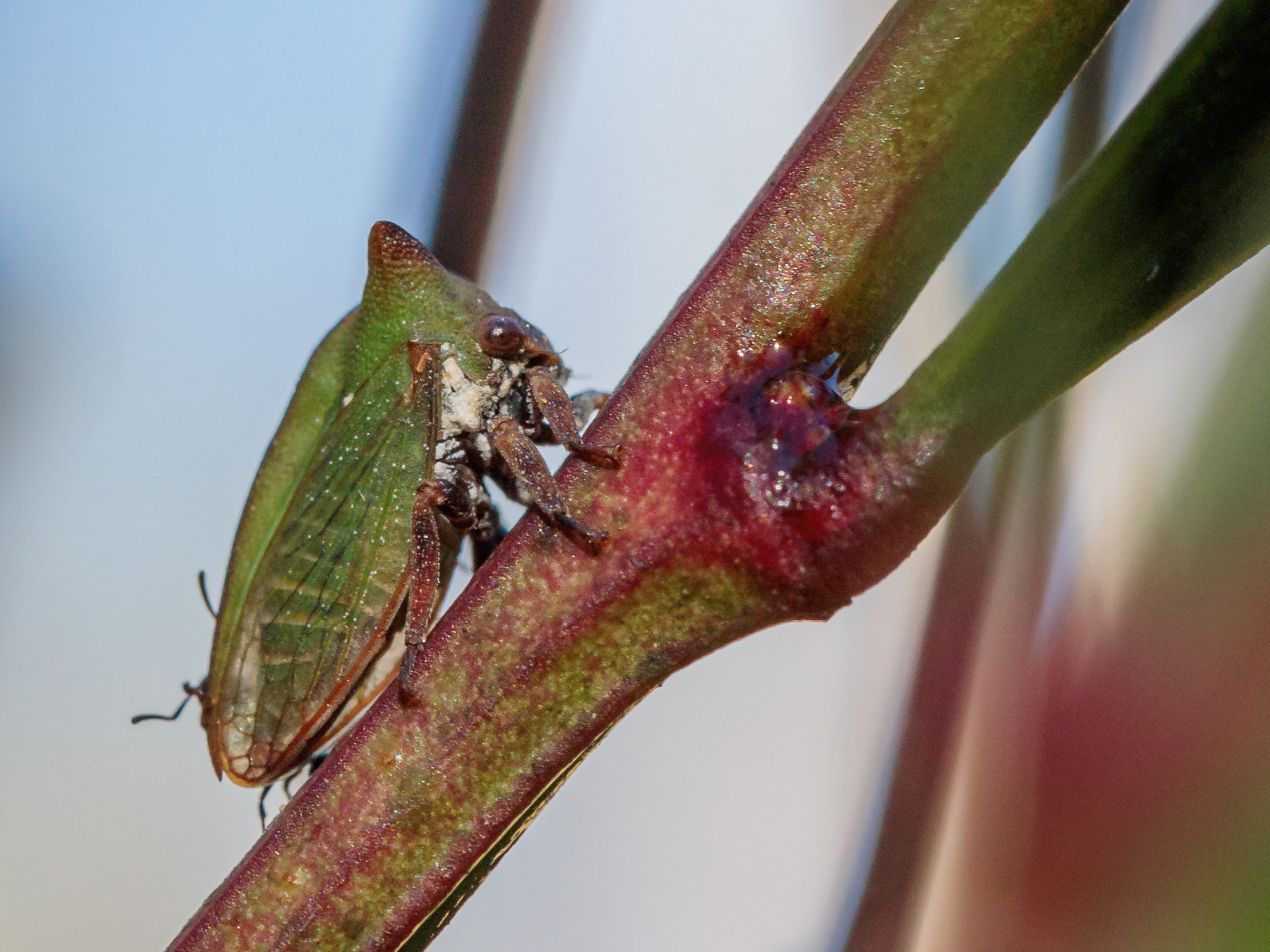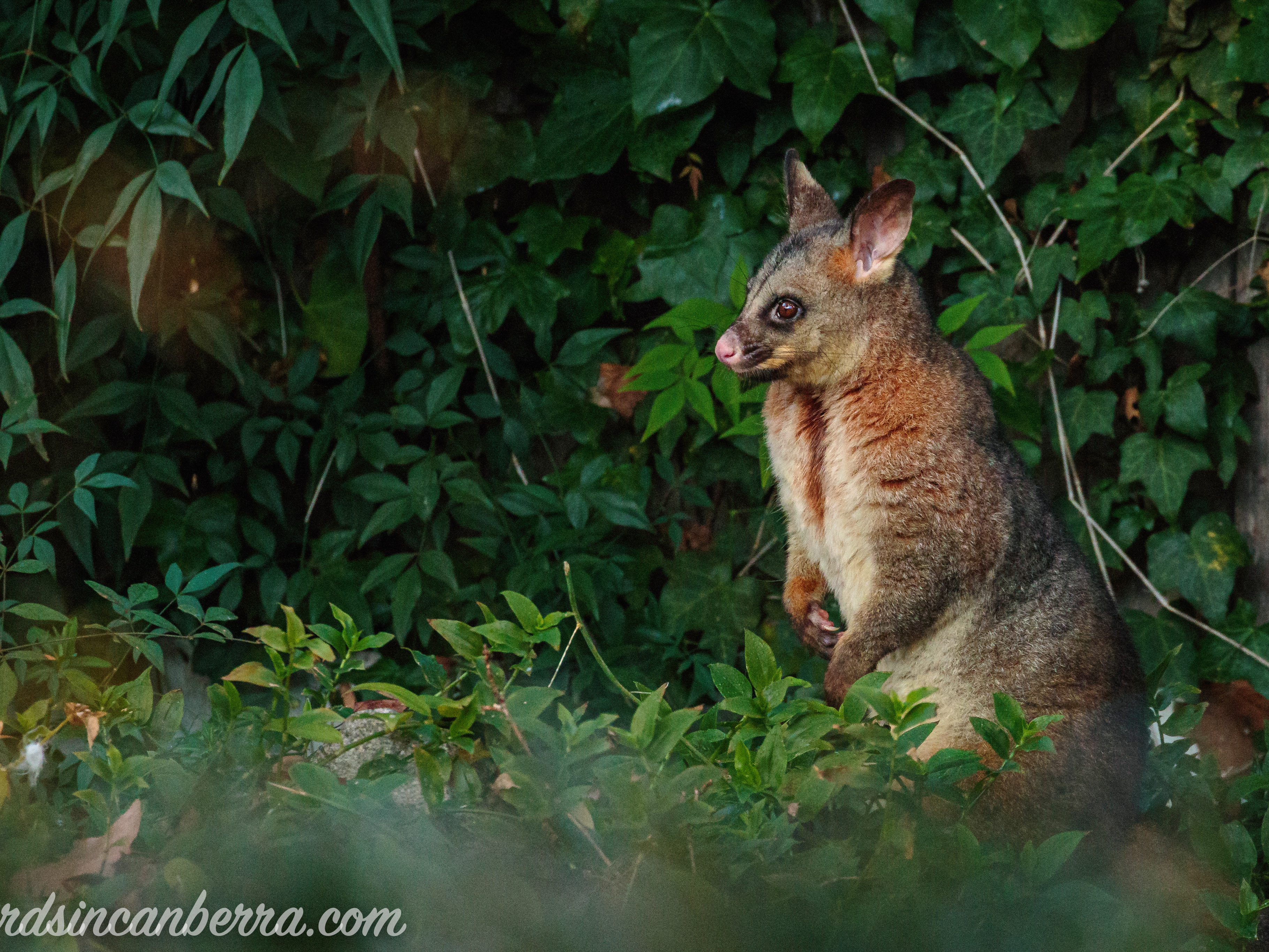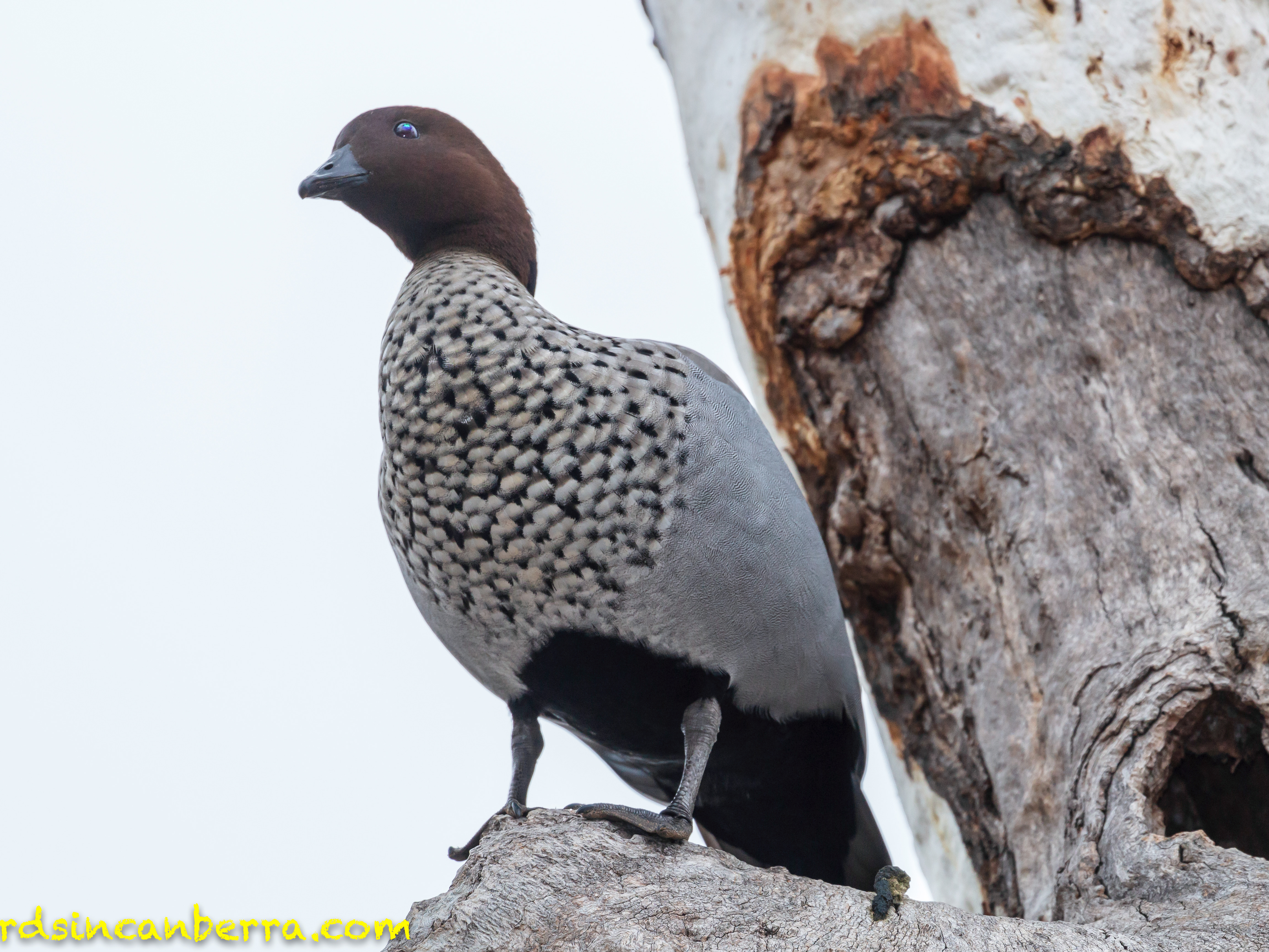Overcast photography around Kambah Pool in January 2021
I read about a trail that crossed McQuoid Creek near Kambah Pool that I thought looked interesting. I did not want to do the full trail but I wanted to concentrate on the area around the creek itself. The trail was easy enough to access, it was opposite the small carpark located outside of the Kambah Pool entrance. While I was prepared to get my feet wet crossing the creek, because I had already read about that possibility, I was not prepared for the waist-high grass that I encountered. The rain over spring and summer had caused a lot of growth in this area meaning that the trails were no longer too distinct. I started following a trail made by a vehicle and missed the connecting trail. I only realised I had missed the trail when I encountered the Pine Island to Kambah Pool trail, which was a well-made and maintained trail. The area that I was in was very small and I never went too far from where I could still hear the odd car driving to Kambah Pool so I was in no risk of getting truly
You may also like
